This post may include affiliate links.
If you make a purchase, I'll earn a small fee at no extra cost to you.
At our house, we make a lot of homemade, natural cleaners. It’s so easy to make your own glass cleaner, natural all-purpose cleaner… you can even kill germs without using bleach.
Over the years, as part of making our home more natural, I’ve tried several recipes for homemade laundry soap. They just didn’t work.
After a bit of research, I learned that these recipes use soap instead of detergent. But what’s the difference between soap and detergent? And why does it matter?
The short answer is: soap is natural and detergent isn’t. But there’s more to it than that.
How is soap made?
Soap is created by mixing fats and oils with an alkali or base. This method has been around for hundreds of years–remember the soft soap Ma used in the Little House books? It was created with ashes (that contain lye, a base) with animal fats.
You can use commercial-grade lye, oils, and colorants to make homemade soap. Because we have little ones, and lye is caustic and dangerous, I prefer to make soap without using lye. It’s a fun project to do with the kids, and you can scent it with the essential oils or herbs of your choice.
Since soap is natural, it is biodegradable and less harmful to the environment than detergents. However, the minerals in water react with soap and can turn clothes gray and leave a film or residue. Detergent is a big improvement, as far as laundry is concerned!
How is detergent made?
Detergents are made by combining chemicals in a slurry mixer. The mixture heats up as a result of chemical reactions, and then it’s dried and powdered to form the final product. On average, there are about ten steps between the original raw materials and the final detergent.
If you’re using a liquid detergent, then it’s probably had water added to it after it was dried and powdered. Crazy, huh?!?
However: because detergents don’t react as much with the minerals in water, they’re the best choice for laundry.
How can I tell the difference between soap and detergent?
It’s confusing because most detergents are camouflaged as soaps. Manufacturers use the terms “facial bar” and “body cleansing bar” to keep us guessing. Ahem…Dove…I’m lookin’ at you.
What’s a girl to do? Read the label.
Look for chemicals like sodium lauryl sulfate or cocomidopropyl betaine, and then run the other way. True soaps have ingredients like oils, saponified oils, or glycerin.
What should I buy?
As always, you need to do your homework and make your own decisions. We use Kirk’s Castile soap for our bodies, Dr. Bronner’s liquid castile soap for cleaning. For laundry, choose natural detergents without synthetic fragrances and dyes (I like Seventh Generation).
Soaps and detergent are used on our skin, our clothes, and in our homes. Immediately after use, they go down the drain and into our environment.
Doesn’t it make sense to use the least toxic products we can find?

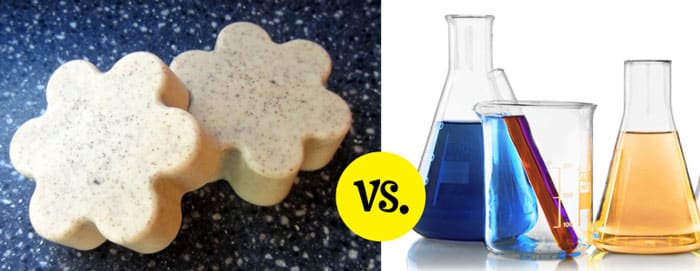
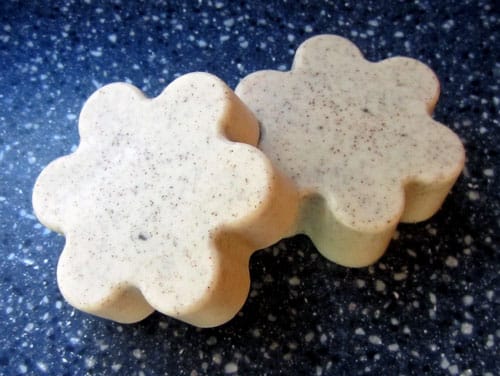
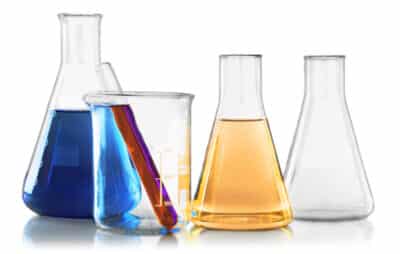
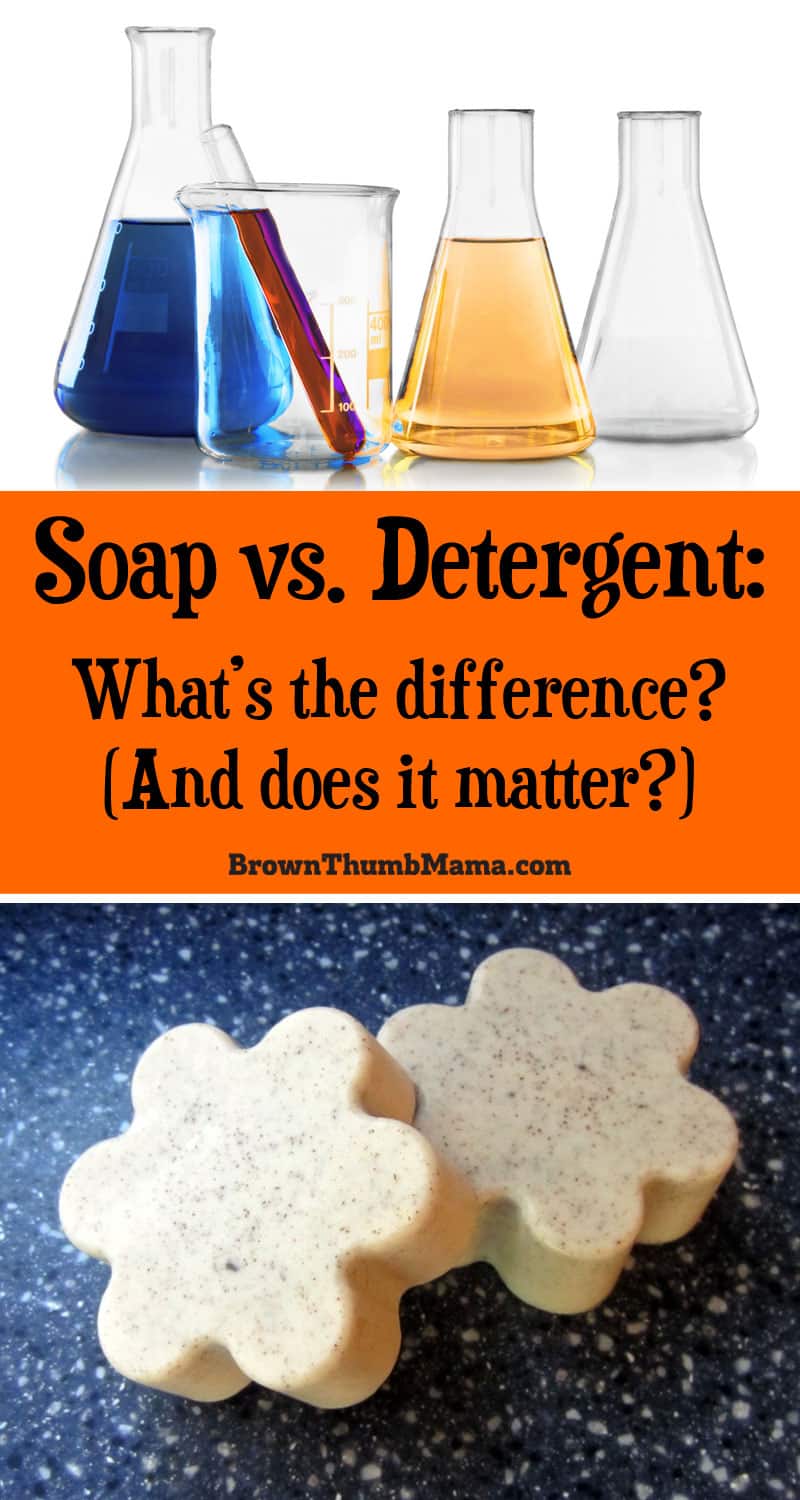

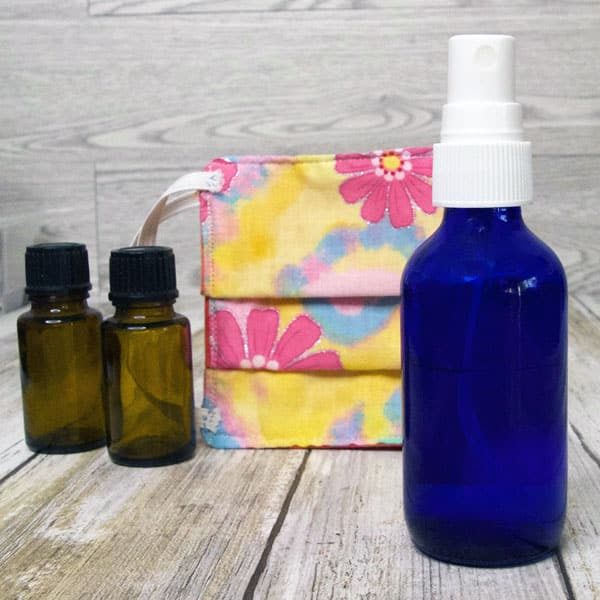
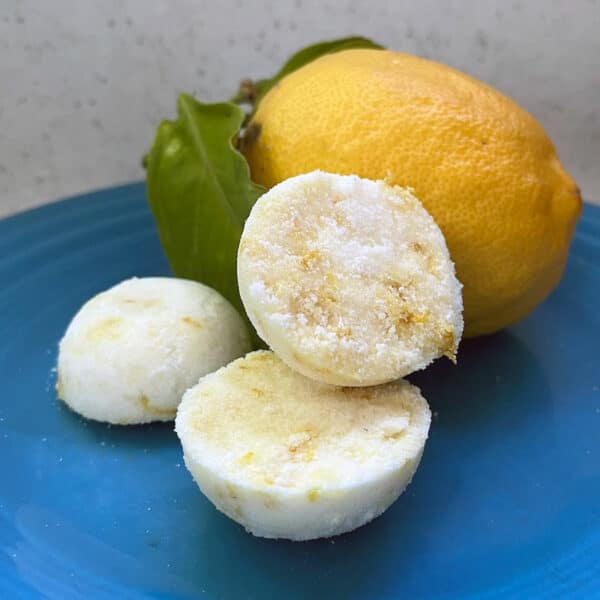
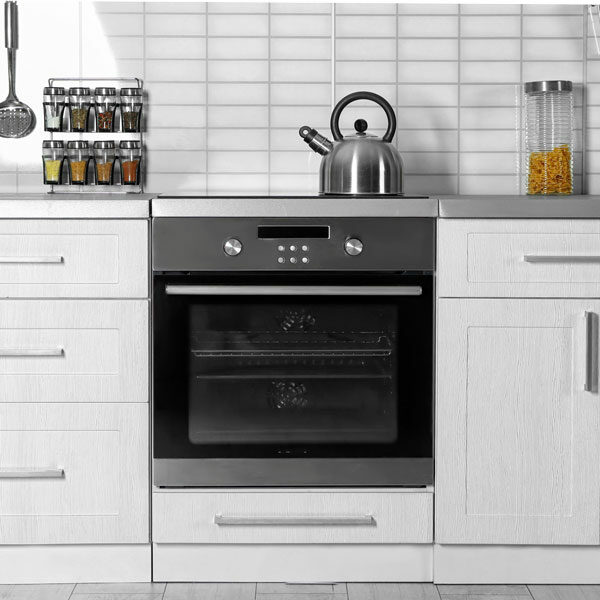
@pam thanks for sharing.
I love the way u explain.
What do you use for dish soap?
My husband has sensitive skin and very bad scaly skin on his legs. He uses Ivory which was recommended 50 years ago because he needs soap without detergents. If we use the Castile soap will it
be better or will it dry his skin out more?
Try a Reno body wash. I have many allergies and dryness on my legs and have used this for many years without problems.
https://cowboysnangelz.com/product/grease-monkey-pumice-handmade-soap/ We get a bunch of detergent free, handmade soaps from here. The mechanics soap is even called Grease Monkey
Soap will clean laundry brilliantly, if you use it properly. You can’t just put soap into a modern HE washer and expect to get great results. To wash with with soap some things need to be changed. Soap removes dirt from clothing differently than detergent. Look at one of those brainy science sites for a thorough explanation. Soap requires more mechanical action, such as boiling, a washboard or simply longer agitation. It also requires an additional rinse, with agitation, to remove dirt and soap residue. For years I used a 1938 Maytag Gyrator wringer washer and used only soap. Following the instructions of the time, my laundry looked brilliant. The problem isn’t with using soap in the laundry, it’s that our wonderful modern washers are designed to use detergent.
Formula Equation: HCl (aq) + NaOH (aq) → NaCl (aq) + H2O (l) two very toxic substances in aqueous form combined yield SALT and water, boil off the water and you have pure crystalline salt. Basic high school chemistry! When you combine two reactive compounds (lye and animal fats) you have a new compound, which if used correctly is perfectly safe.
Alas, the term “all-natural” means nothing here. Soap making is a chemical reaction. Just because our foremothers made it doesn’t make it any more natural than detergents. And there are plenty of natural substances that are lethal. I’m so tired of the campaign that tries to lump natural into good and processed into bad. Processed also means purified.
Thank you, Robert for showing basic chemistry. Consumers need more educating this way.
Thank You, I found it on Ebay… 2 Bars, $5.89, Free Shipping!!!!
Professional-grade Lava soap: https://amzn.to/2PcgSlP I’m working on a copycat recipe for this, so stay tuned!
I work in a garage, and have trouble getting the ground in grease from my hands and nails.
What bar soap would you recommend for the hard core grease monkey???
I hope you never read the list of ingredients in all natural orange juice
If you have acquired the skills of soap making, all you need to start a small soap manufacturing unit is to get a regular supply of melt and pour soap bases from a reputable soap making supplier, and a few workers that can help increasing productivity.
Totally didn’t know the difference. I love that you shared this!
This is a great post, thank you for sharing! We are new to all natural cleaning/cleansing; where do you purchase your castile soap for body washing? I am also wondering what you would recommend for hair washing and conditioning? After reading this post, I picked up my favorite shampoo bottle and almost fell out of my chair when I read the ingredients!
Hi Jackie, you can get castile soap from Mountain Rose Herbs (see ad at top of screen), Amazon, or even sometimes at Target! We use Kirk’s castile bar soap for baths/showers and liquid castile for housecleaning.
I’m still experimenting with shampoo/conditioner options. Since my hair is curly, it needs lots of extra moisture. Stay tuned and when I have a good answer, I’ll write an article about it!